Leapfrogging Foster’s to take the second spot behind Stella, Smirnoff’s performance in this week’s survey of Britain’s 100 Biggest Alcoholic Brands rightly steals the splash.
But it’s the newer brands in our ranking that most interest me. Big booze brands tend to be old. Our no1 brand, Stella Artois, can trace its roots back to 1366. Guinness (1759), Lanson (1760), Gordon’s (1769), Courvoisier (1809), Pimm’s No1 (1823), Bacardi (1862) and William Grant (1887) are other examples.
So breaking into the list is a big deal. The question is: how long will the newcomers stay there? Some, like WKD (1996) and Crabbie’s (2009) are going down. Others, like craft beer Hobgoblin (1988), spirit beer Desperados (1995), and fruit ciders Rekorderlig (1999) and Kopparberg (2006), are on the up.
It’s great to see them doing well. And it’s great to see new players entering the alcoholic drinks market, given the dominance of the drinks industry giants. The craft booze movement has been one of the most astonishing and marvellous developments of the past decade - with flavoursome and distinctive beers, gins and vodkas (in particular) being brewed/distilled/magicked up (in the most unlikely surroundings) by brave, enterprising and sometimes eccentric enthusiasts.
In an age of mass manufacturing, the movement is a welcome expression of an individualistic spirit. And not only have consumers embraced it. To the great credit of the supermarkets they have developed supply chains flexible enough to accommodate them in their ranges, at a local, regional and national level.
But with ranges more generally under review (with a view to rationalisation) comes more evidence the craft beer movement is in decline. I expect something similar will soon happen in gin and vodka, too. It is inevitable. When an idea gains traction it invariably overreaches itself before retreating. But even with rationalisation, an indelible mark - a permanent legacy has been left by the craft movement, with a number of brands developing not only a loyal and growing following but achieving critical mass: BrewDog (2007), Sipsmith (2009), Chase Vodka (2007) to name but three.
None of these three have yet established themselves in our ranking. Perhaps they never will. Perhaps they are happy to keep it that way. And you have to wonder at what point a ‘craft’ beer, for example, can be called ‘craft’ at all. Some will argue Hobgoblin (brewed by Wychwood, owned by Marstons) wasn’t even a craft beer in the first place. Some object to the term ‘craft’ entirely. But however you define it, whatever you call it, the flowering of a new entrepreneurial spirit is a force for good.
Sign in to comment on this article
Not logged in before? Register for FREE guest access today.
You will be able to:
- Read more stories
- Receive daily newsletters
- Comment on stories
Advert



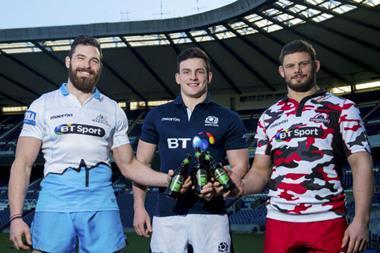


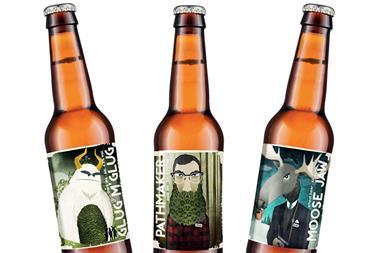

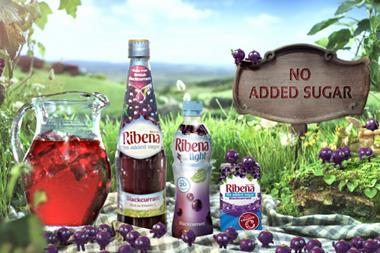
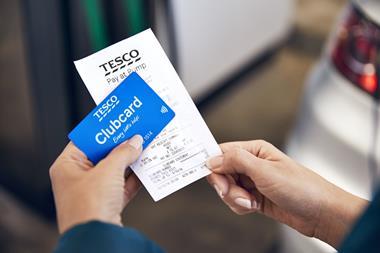
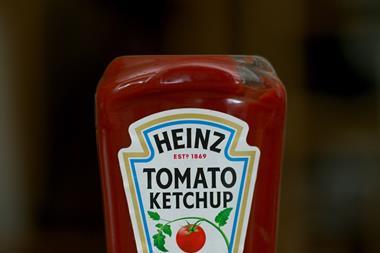
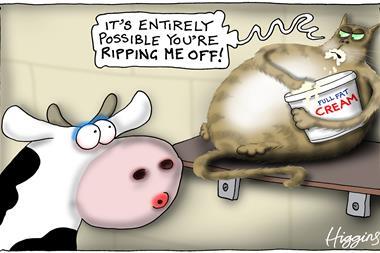
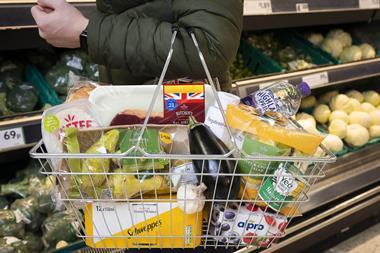

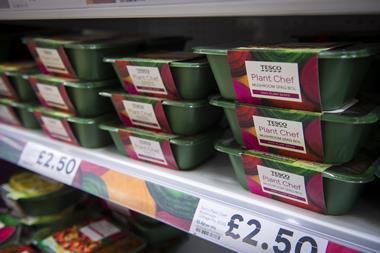
No comments yet